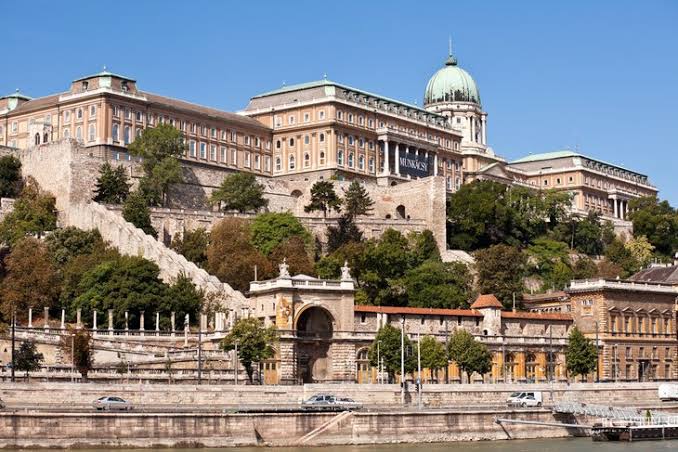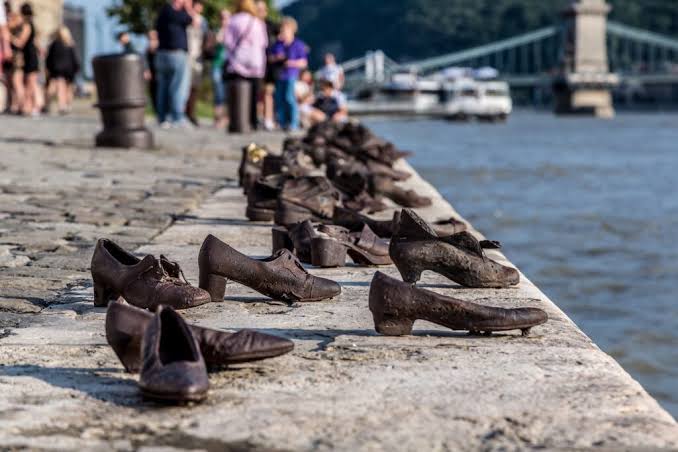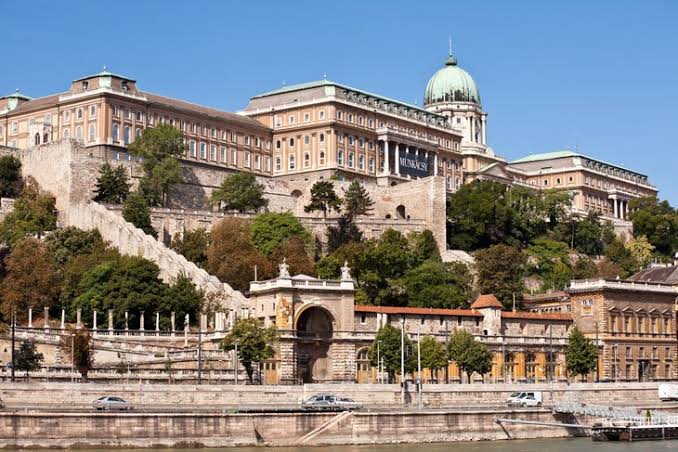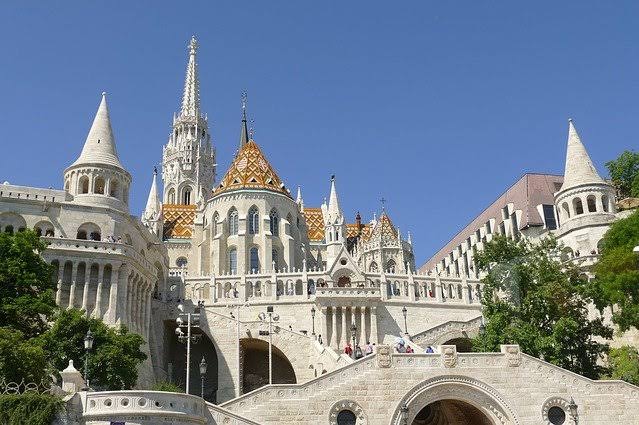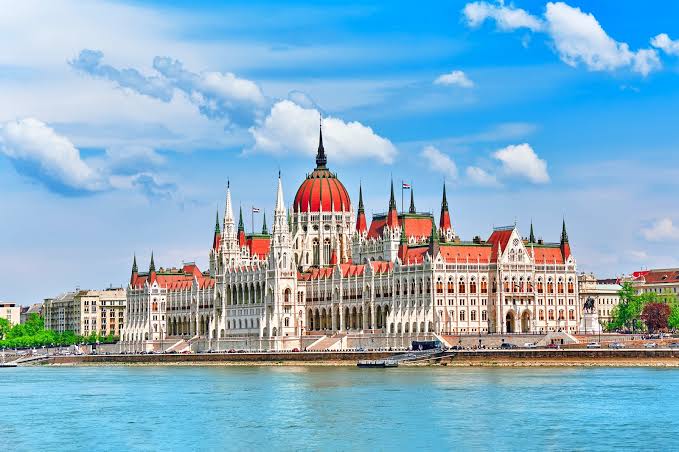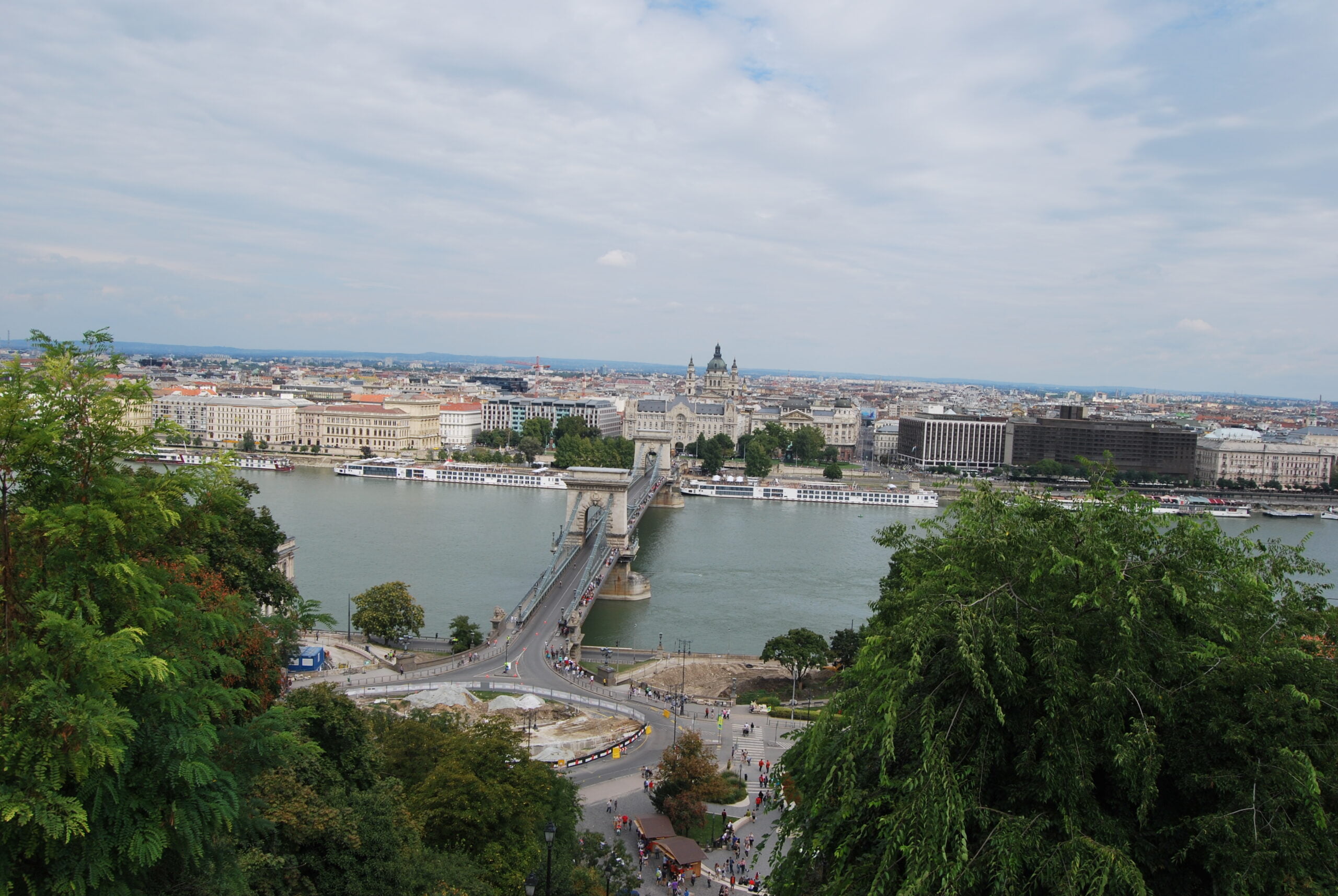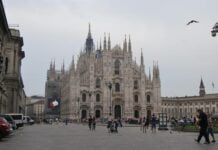Budapest with almost 2 million population is a beautiful city in the middle of Europe. It has rich history, fascinating architecture and ideal place for party lovers. The presence of the Gellert bath justifies Budapest being the spa capital of the world. It has an incredible open-air pool and a Finnish sauna, and many othe superb recreational facilities. The word “spa” may be derived from the Walloon word “espa” meaning fountain. This in turn came from the name of the Belgian town Spa, where in the 14th century a curative, thermal spring was discovered.
Budapest is the capital of Hungary and as we all know, it is a combination of two cities, Buda and Pest. Buda sits on the west of the Danube River, while Pest sits on the east side. Each of these two has their own beauty and culture. Even Hungary is part of the European union, they still use their monetary unit Forint. So it is advisable to pay in Forint, not Euro, in cash or by credit card because establishments apply rates which are not favorable to tourists. Though it is entirely Hungarian-speaking, it is, however an English-friendly city. You can see English signs in streets, shops and food menu. Despite its number of tourists, it is still very safe to roam around compared to Barcelona or Milan. The best time to visit Budapest is during spring and fall months.
On the Pest side, The Parliament, Fisherman’s Bastion and Matthias Church are not to be missed. From Matthia’s church it’s a short stroll through the Royal Palace until one get to the top of the funicular (Budavari Siklo). From above, one can enjoy the view of the trio of Szechenyi Chain Bridge, Gresham Palace and St. Stephen’s Basilica in a perfect line. Chain bridge is the first bridge to connect Buda and Pest. Vaci Utca is budapests tourism artery, lined with mediocre hungarian restaurants and souvenir shops, this is a very skippable road in Budapest. The great market hall, take the tram across the Liberty Bridge to the base of Gellert Hill where you can find the best thermal baths. After touring around have a taste of tasty chicken paprikas which is one sumptuous hungarian delicacy well known in the city.
The most famous spot in the city is the Fisher Girl Fountain (Halászlány-kút), at Kristóf Square. It was created in 1862 by László Dunaiszky. A bit further stands another nineteenth-century fountain, with a bronze statue of the Greek god Hermes. A third fountain, created in 1976 by Ottó Szenczi, is situated near the south end of the pedestrianized zone. It is known as the Little boy fountain (Kisfiús díszkút) and features a central statue of a nude boy. Also not to skip while touring is The Shoes on the Danube Bank. It is a memorial of Jews who were murdered on that spot during World War II. 60 pairs of shoes mark the site. One word of advice for every Budapest visitor, “Visit Buda but stay in Pest”.


